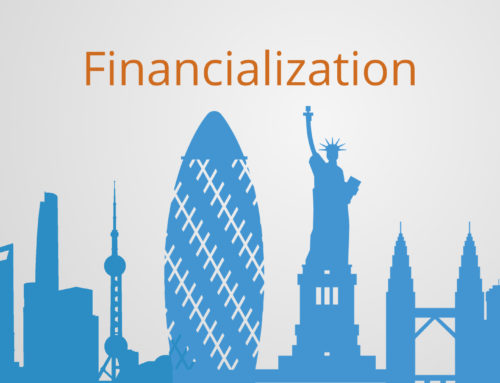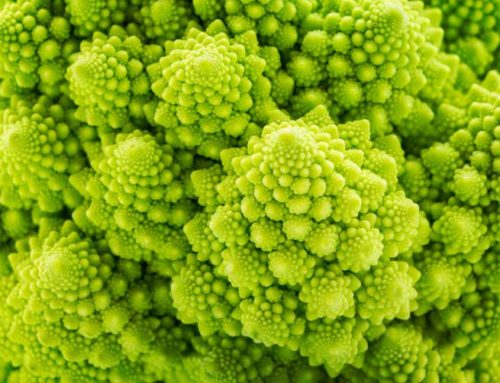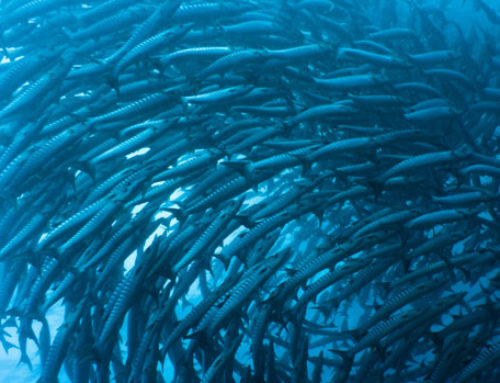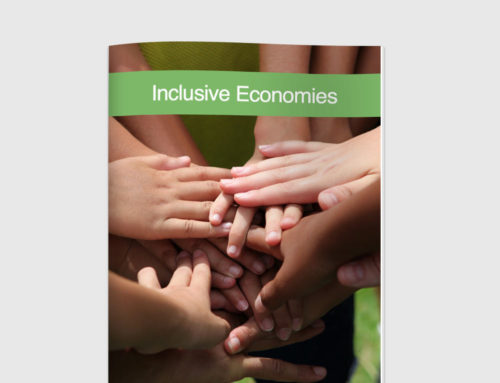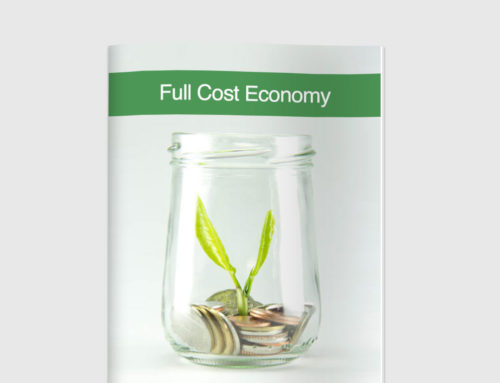Between Conventional & Alternative
In developed nations today there is growing demand from society for an agricultural system that is both scalable and sustainable, both able to deliver on quantity and quality. Unfortunately it would appear that we are still far from achieving this. On the one hand we have our conventional agricultural system, that has done so well in terms of sustained increases in productivity required to meet the demands of 20th Century mass society. While on the other we have alternative forms of agriculture - such as organic farming - that appear capable of delivering on quality but not quantity. As yet it appears we have not been able to find a synthesis that could deliver the desired hybrid solution, not only are we not able to find a hybrid but the two different approaches, as yet, seem to live in two very different worlds.
A number of agriculture analysis have described the current tension and conflict in agriculture in terms of two different competing paradigms or models. Some believe that it represents the first stage of a paradigm shift occurring in agriculture. Although these two different models to food production have always been there - in the form of permaculture, organic farming and other more traditional approaches - it is only really with the rise in environmental awareness and growing health problems in developed nations that people have become increasingly dissatisfied with conventional agricultural practice, allowing for more alternative agricultural methods to become increasingly mainstream.
Centralized & Distributed
Alternative agriculture that comes in many different forms advocates organic production reducing synthetic inputs, small scale production instead of large, reduced energy inputs, greater farm regional self sufficiency, minimal food processing, conservation of finite resources and more direct sales to end users. This is in strong contrast to the more conventional approach which is the system of agriculture that dominates in developed nations, being primarily aimed at achieving economies of scale. Intensive crop agriculture is designed to optimize for a single parameter, that of increased yield. It involves increased use of fertilizers, plant growth regulators, pesticides and high levels of mechanization, aiming to have a high level of control and detailed analysis of growing conditions, including weather, soil, water, weeds and pests.
Conventional agriculture is centralized in design, as centralization is a key part to achieving economies of scale, here products are produced primarily for national or international markets. Centralization means fewer farmers, concentrated control of land, resources and capital. In contrast alternative agriculture is decentralized in nature. Involving local/regional production, processing, and marketing, dispersed populations; more farmers with a dispersed control of land, resources and capital. This works to make the countryside more of a living place and is seen as an important part of retaining traditional rural ways of life.
Conventional agriculture focuses on specialization, a narrow genetic base where most plants are grown in monocultures, single-cropping in a linear succession, separation of livestock and animals and standardized production systems. Alternative methods promote diversity, placing greater emphasis on holism over specialization. Diversity is a key part of this, and a broad genetic base is promoted, more plants are grown through polyculture, using rotation and practices are adapted to local conditions.
Eco-system & Ego-system
The conventional paradigm is built on the idea of trying to achieve control over the ecosystem. Humans are seen to be separate from and superior to nature. Ecosystems consist primarily of resources to be used. Engineered systems are imposed on the ecosystem and production maintained by agricultural chemicals. Within this system there is also a high level of dependency. Large, capital-intensive production units and technology. Heavy reliance on external sources of energy and dependence on the market.
The alternative approach tries to build an agricultural system that is in symbiosis with ecological processes. Humans are seen to be part of and subject to nature, ecosystems can have intrinsic value, being valued primarily for their own sake. Life-cycle is important within organic farming as it tries to work with natural processes of growth and decay. Natural ecosystems are imitated and production is maintained by the development of robust ecosystems. Alternative systems often promote the idea of independence and self-sufficiency as a high value. They involve smaller, low-capital production units and technology. Reduced reliance on external sources of energy, inputs, and credit, greater personal and community self-sufficiency with a primary emphasis on personal knowledge, skills, and local wisdom.
Hybrid Models
These two different paradigms remain today as deeply divided as they have ever been, if not more so. At the same time the need for a hybrid model has equally never been more pressing given our environmental challenges. In our food system solutions report we have promoted a “third way” enabled by IT platforms. Information technology can at once both achieve the scale of industrial systems - in fact IT platforms have a greater capacity to scale - and they can achieve the personal, customized individuality of alternative systems in their capacity to connect people directly to their peers in a distributed fashion. We believe that IT enabled platforms for coordination coupled with alternative sustainable agricultural practices can achieve the mass scale in production and huge reduction in waste that is required to meet the demands on the system. But it will also require a number of other critical elements most notably finding more functional methods for global food distribution and tackling the behavioural side of consumer motivation in order to build a food system that is more focused on delivering nutritional outcomes.









